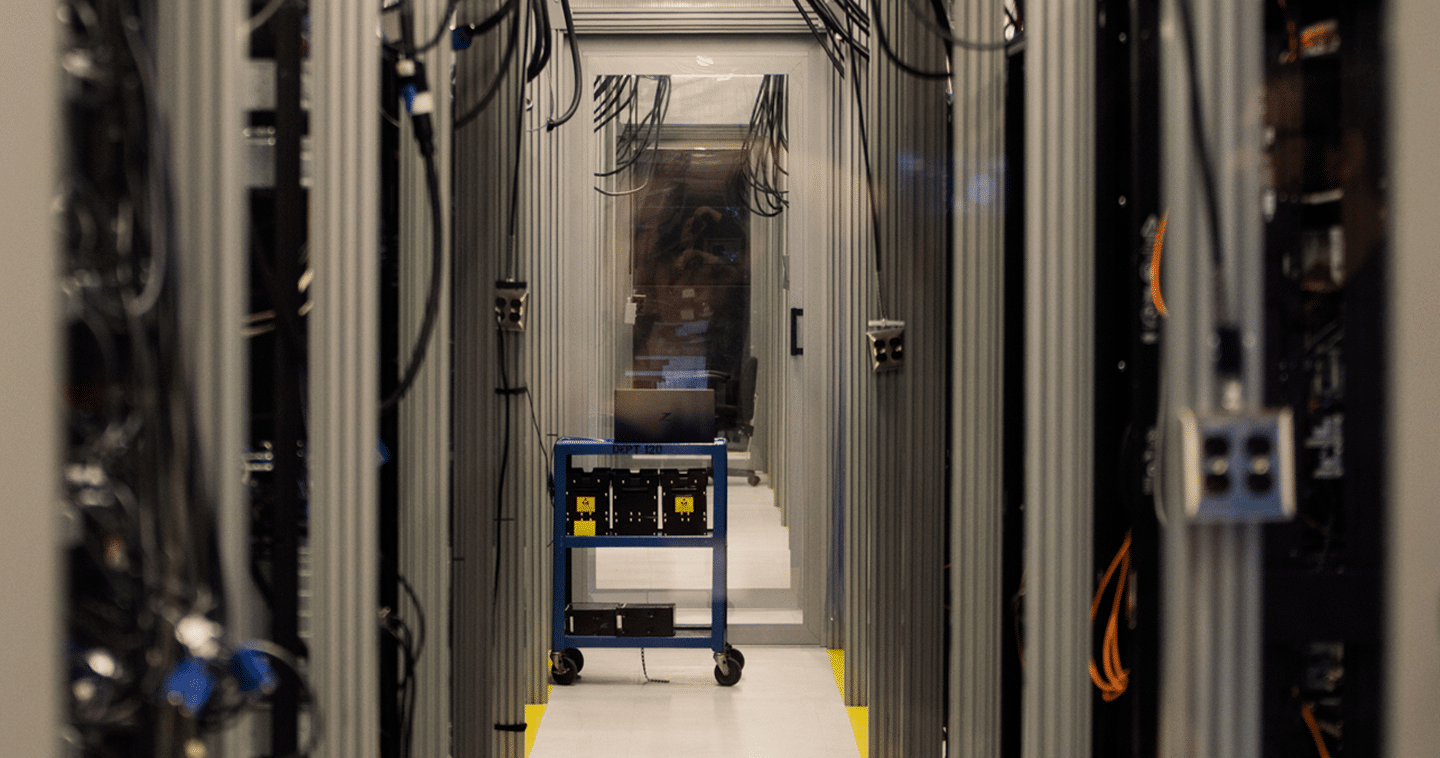Storage and the IoT: What kind of storage is needed, and where?
The Internet of Things (IoT) is expanding at an explosive rate.
The realities of dealing with the requirements of this expansion become more and more apparent everyday, and more and more challenging to fulfill.
You’ve heard the numbers bandied about. 50 billion connected devices by 2020, generating tens of zettabytes of data that must be managed and stored. There are many assumptions that all of this data will simply go to the cloud. However, the storage solution in the new IoT reality is actually far more complex.
Consider the volume of data created just in transportation alone. Every autonomous car on the road by 2020 is expected to generate 2 petabytes (PB) of data each year and a single airplane will generate 40TB of data daily.
Cars and planes cannot push all this data into the cloud in real time. Even if 5G data networks were ubiquitous, there may not be enough bandwidth to handle that kind of data transfer in real time. As a result, connected cars and planes today are using on-board local storage to capture and cache data till they can move it to the cloud via a high-speed network.
Factories in contrast are projected to generate 1 PB of data each day. Smart buildings another 250 GB per day. Smart utility metering systems may generate more than 3 exabytes worth of data per year. Theoretically, any of these use cases might be able to push that data into the cloud in something resembling real time if wired with high speed networks.
So, is the cloud really the best place to keep all that data? The not so simple answer is, not always.
[Tweet “The cloud may be elastic and ubiquitous, but you can’t perform real-time analytics on cloud-based data. Storage at the edge and in the fog is critical.”]
On one hand, the cloud is elastic and ubiquitous. It also has analytical tools that may help in discovering secrets hidden in the deep, broad pools of data. On the other hand, you can’t perform real-time analytics on cloud-based data. By the time it gets into the cloud, the data is historical. If a sensor in a factory detects an out-of-bounds condition on a shop-floor device, real-time information is critical for a timely response.
Since there are many situations that require instantenous response, there is a case then for real-time analytics running near the edge of the cloud or the “fog” as Cisco deems it. These could be gateways, aggregation systems and more. Automobiles and planes can now be equipped to analyze and respond in real-time to mechanical, environmental, or situational alerts.
Unfortunately, as IoT has progressed, it is not always easy to know which data will be important.
Think of traffic cameras on busy streets and the hundreds if not thousands of images it captures. While much of that might never be used, a few single frames might prove critical in understanding an accident or a traffic violation.
Better data intelligence and pattern recognition tools are becoming increasingly necessary across all areas of IoT. This will give a deeper understanding of the inherent value in captured data—whether in the cloud or at the edge.
When talking about edge devices, whether a sensor or a smartphone or a gateway, storage that is fast, reliable, and secure is critical. A high ratio of capacity to physical footprint, along with the ability to withstand harsh weather conditions are also important considerations as edge devices live in a variety of environments.
Western Digital’s NAND Flash storage solutions, on embedded Flash drives, cards and SSDs, are perfect for edge and fog devices.
As one moves away from the edge and towards the cloud, Western Digital’s helium hard disk drive solutions become optimal. Whether you’re looking at the cloud, at the inner edge or at the outer edge, Western Digital has a storage solution. It’s a continuum that flows from the deepest part of the cloud all the way to the furthest part of the edge.




